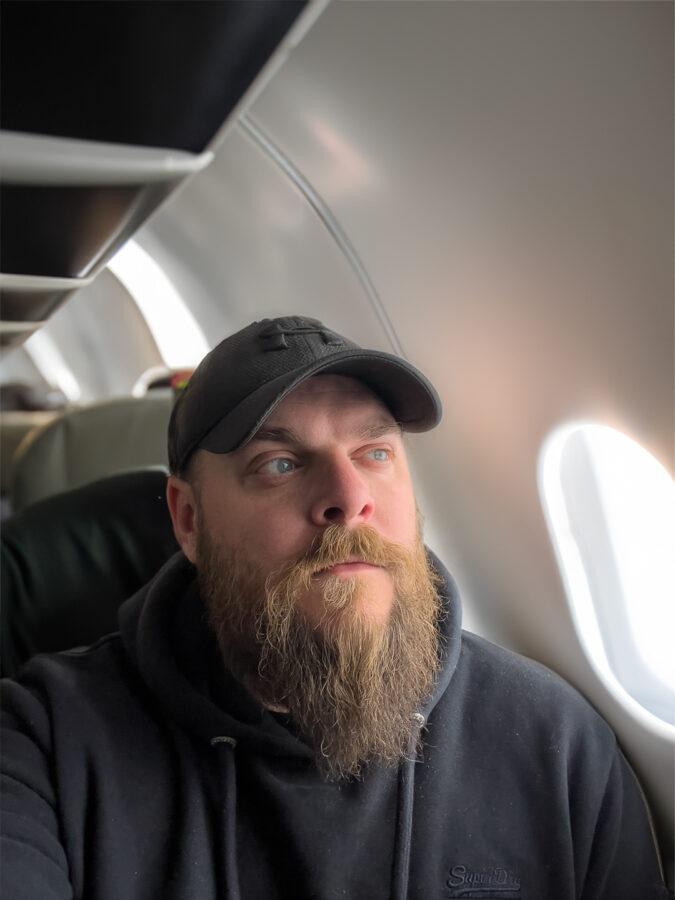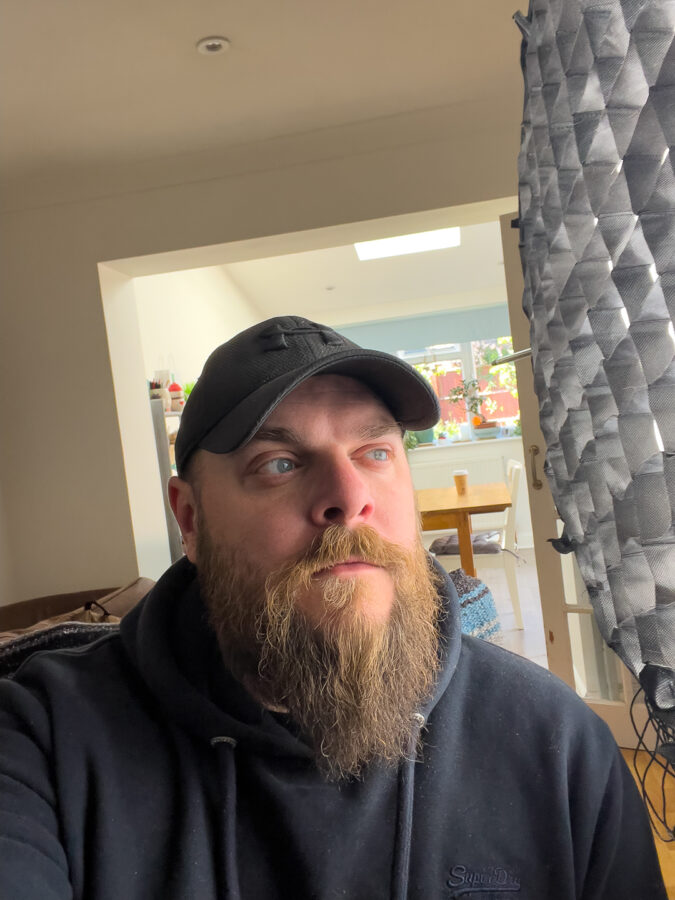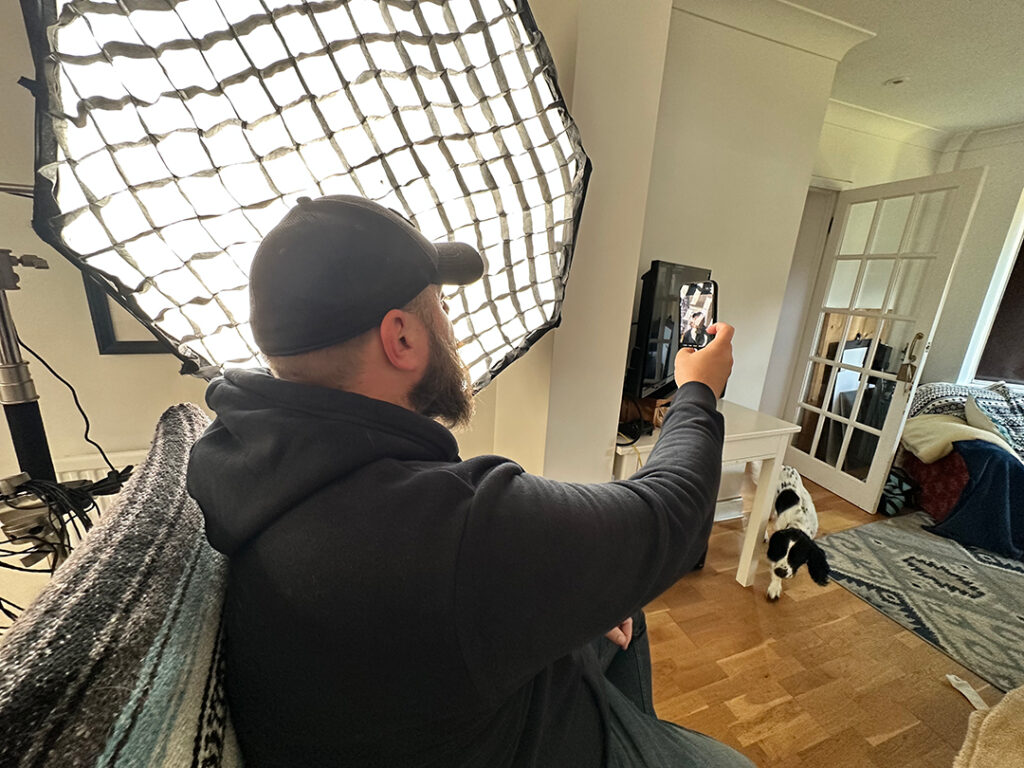It’s #TravelTuesday and I, Dave Williams, am here as always this week, writing from the UK. This week I want to write about AI as it’s such a hot topic right now, but what I did was a little deceptive, so let’s get into it.

On my Instagram you’ll find a story Highlight entitled ‘vAIcation.’ Inside you’ll find 13 pictures of what I got up to on a make-believe adventure in Finland. Here’s what it’s all about: I’ve noticed an overwhelming number of fake photos online recently being passed off as genuine. The majority of them purport to show historic scenes like enormous trees or larger-than-life skeletons being excavated. I’m sure you know the pictures I’m talking about. Running parallel to this has been the recent explosion in accessible AI imaging, perhaps most notably in the software we all know and love – Adobe Photoshop. I wanted to highlight the way AI can be used deceptively, so I decided to create a vAIcation that would be believable for who I am.

The planning was fairly intense. I had Kersten Luts and Micah Burke on board for the plan, and together we’d have to create scenes that would be believable for my audience. They had to represent places and situations that I would be associated with. On top of this, these places should be recognisable as a location without being specific locations. Make sense? The location I decided upon in the end was Finland because not a lot of people recognise many specific locations in Finland. Still, the overall aesthetic of Finland is quite unique. Spruce and birch, Arctic and sub-Arctic tundra, cabins, lakes – easy! So we got to work.

To create most of the images, we used plate shots of me which would have their backgrounds switched out using Generative Fill and other AI Tools in Photoshop. For most of the images, the process was quite straightforward. It began by making a selection, typing a prompt, and then making adjustments to refine the result until it looked right. The final images are far from perfect, but this was a deliberate decision. I wanted to leave some clues because, ultimately, I wanted to see whether any of my followers would notice and calm me out on it. Unfortunately, out of the thousands of people who saw the photos, only one person commented to say the image looks fake.

The overall point of the experiment was to highlight AI awareness. We’re currently at a point where AI exists, is widespread, and is accessible. It’s also important to know that it isn’t uniformly regulated, so it leaves the general public susceptible to fraud. We must be careful with AI, and we must be aware of the fact that we now see images that aren’t real far more commonly than ever, and it’s extremely easy to make them.
If you haven’t seen my project, please go and look at the photos in detail on Instagram, and check out the process on my blog.
Much love
Dave


